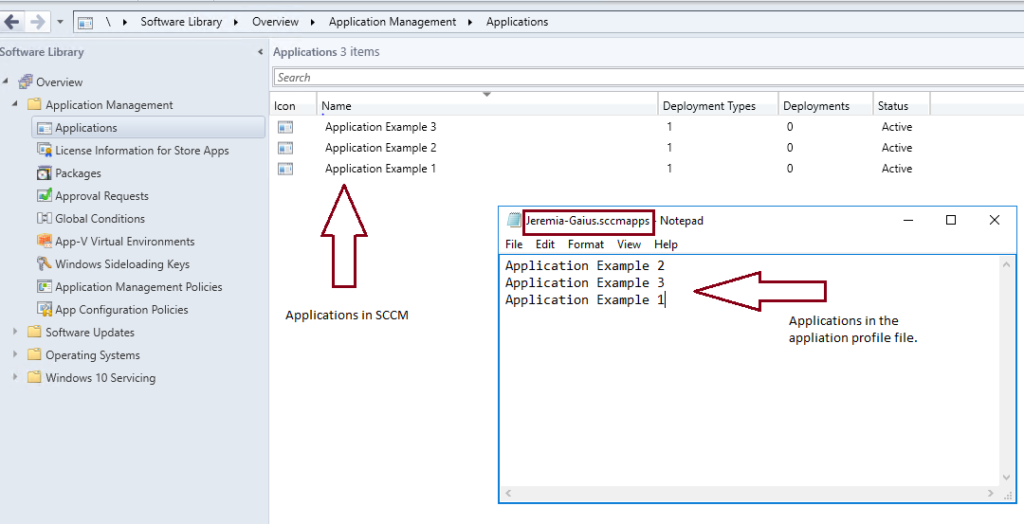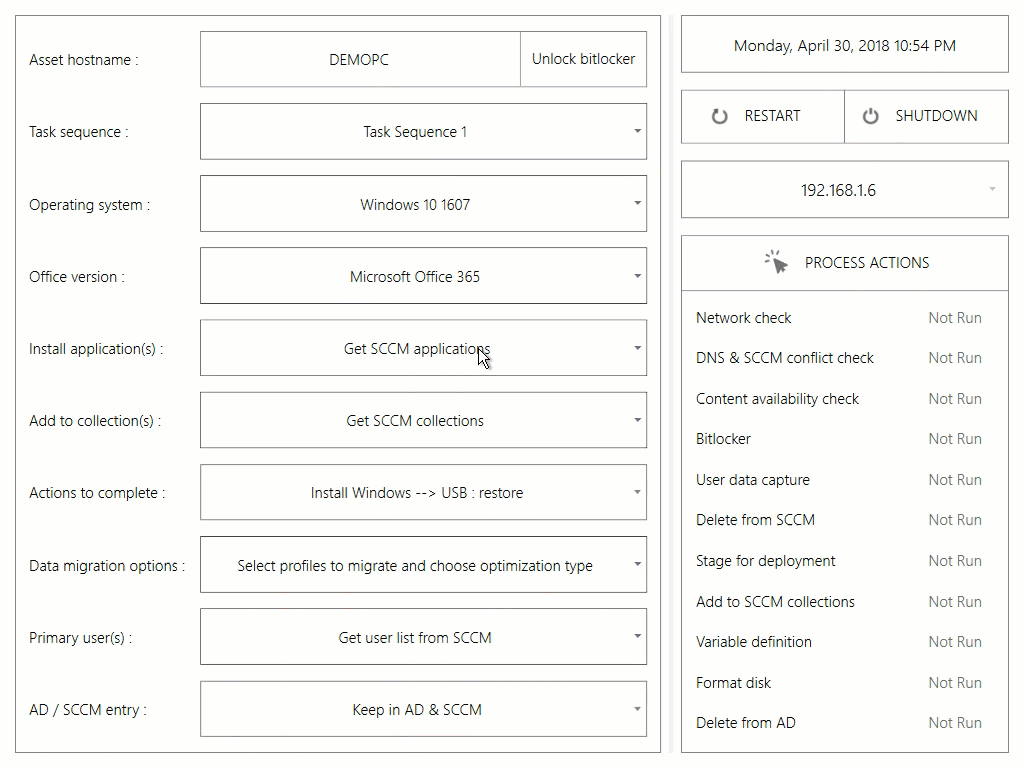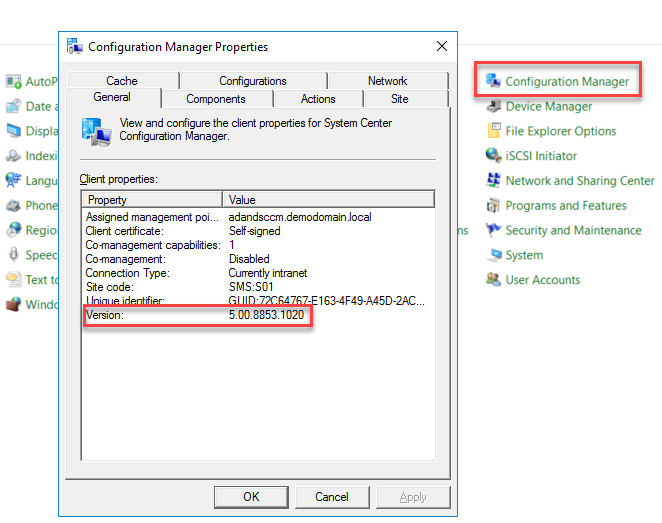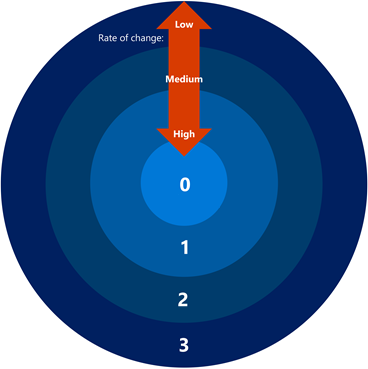SCCM OS deployment | Application profiles | Windows 10 upgrades.

Enterprise Windows upgrades for desktops, laptops and tablets are time consuming and expensive. But all upgrades follow a similar pattern wherein the following processes are executed.
Application discovery: List of applications in the corporate environment and their versions.
Application rationalization: Decision makers analyze the discovery data along with their technical experts. Together they rationalize the list to achieve application version consolidation, meet vendor license requirements and technical compatibility with the new platform.
Enterprise application groups: Who’s using what.
Enterprise deployment groups: All deployments that would happen on a particular schedule.
Deployment schedule: The deployment schedule for a deployment group.
This article assumes that your enterprise uses System Center Configuration Manager [SCCM] to manage Software Distribution and Operating System deployments and uses sccmtspsi orchestrator for Agile deployment.
Using the above information create multiple profiles.
- A profile is a basic file with a “.sccmapps” extension.
- A profile could be an enterprise application group or a computer or a user.
Profiles can be created independently of the operating system deployment process. The profiles for a deployment group has to be created before the deployment schedule for the deployment group.
Place the application profiles in the profiles folder, set in the sccmtspsi configuration file. Refer to documentation.
At deployment time the “Operator” can select the application profile corresponding to the machine getting upgraded.

sccmtspsi “Operators” will follow an information sheet with information regarding the “Computer” and the “Application Profile” corresponding to the computer.
This process minimizes the operator involved errors. It also creates a task separation between the team (Project teams) which creates the application profiles and the team of operators (third party) who use the application profiles.
Check it out : https://sccmtspsi.com/sccmtspsi/




Responses